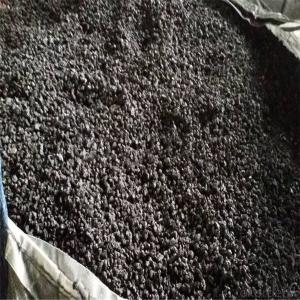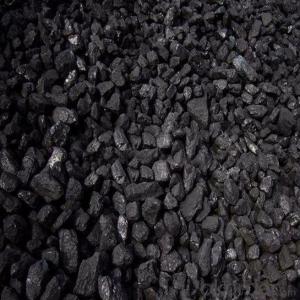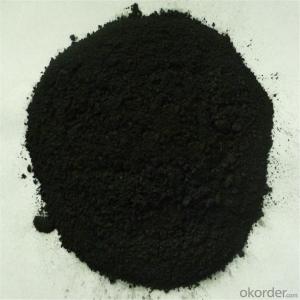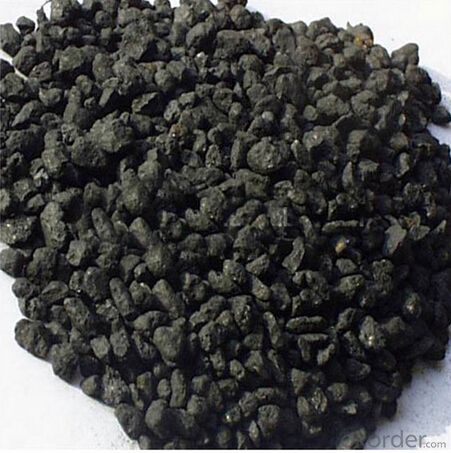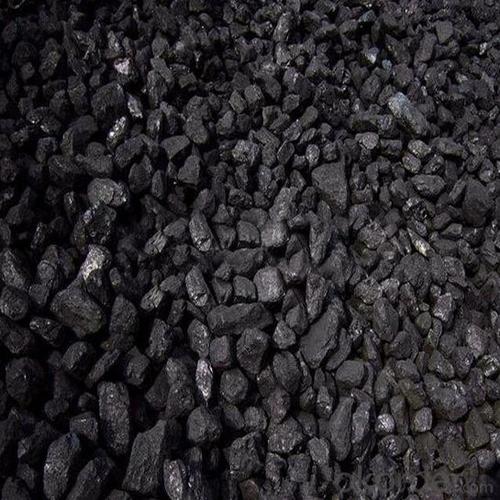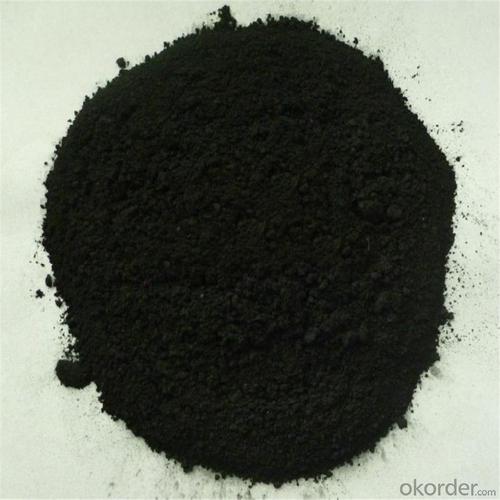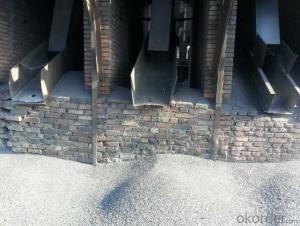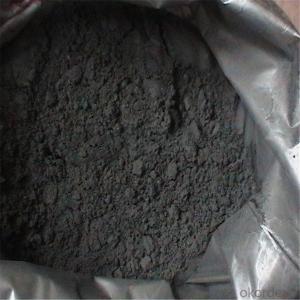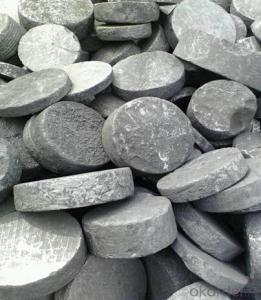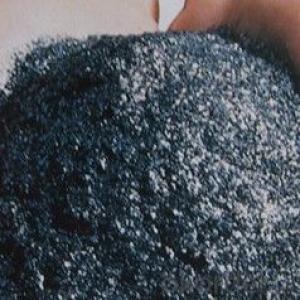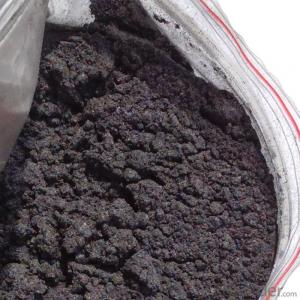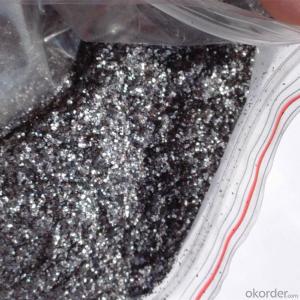High Carbon Graphite Additive Graphite carburant graphite powder
- Loading Port:
- Dalian
- Payment Terms:
- TT OR LC
- Min Order Qty:
- 10 m.t
- Supply Capability:
- 500000 m.t/month
OKorder Service Pledge
OKorder Financial Service
You Might Also Like
Specifications of graphite powder:
- 98%-99% graphite powder
- high fixed carbon
- low sulphur and nitrogen
- ten year experience in processing of graphite products
- Graphite powder / Graphite carburant
Graphite powder purposes:
- As non-metallic mineral resources, has important defense strategic role
- Can be used for high and new technical projects, is of great economic and social benefits
- Is the metallurgical industry refractory material
- Is the chemical industry all kinds of corrosion of vessels, general equipment of carbon products
- Light industry is in pencil, ink and the main raw material of artificial diamond
- Is the electrical industry production carbon electrode and electrode carbon rods, battery materials
Graphite powder data sheet:
Our carbon additive has the features of high carbon, low sulphur, nitrogen and harmful impurities. So it has been widely used for steel-smelting, casting, brake pedal and friction material. | |||||||
Data sheet | |||||||
Product No. | Fixed Carbon | Sulphur | Ash | Volatile Matter | Moisture | Particle Size | Nitrogen Content |
Min | Max | Max | Max | Max | 90% | Max | |
HY-CA-01 | 98.5% | 0.50% | 0.80% | 0.80% | 0.50% | 1-5MM | N/A |
HY-CA-02 | 99.00% | 0.30% | 0.50% | 0.50% | 0.50% | 1-5MM | 100PPM |
HY-CA-03 | 98.50% | 0.05% | 0.80% | 0.70% | 0.50% | 0.3-5MM | 300PPM |
HY-CA-04 | 95.00% | 0.30% | 3.50% | 1.50% | 0.50% | 1-4MM | 700PPM |
HY-CA-05 | 99.00% | 0.03% | 0.50% | 0.50% | 0.50% | 0.3-5MM | 300PPM |
HY-CA-06 | 80.00% | 0.10% | 16.50% | 3.50% | 2.00% | 1-5MM | N/A |
Remark:The above mentioned grain sizes are recommended standard, if your have special requirements, please feel free to contact us. | |||||||
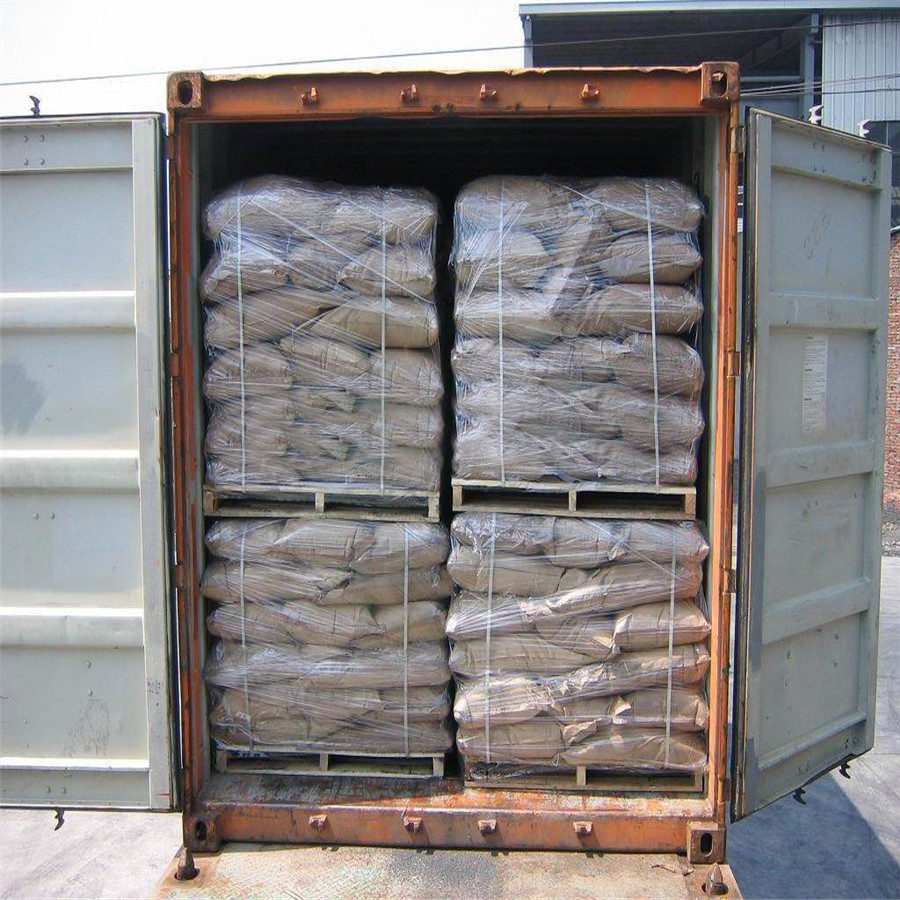
- Q: What are the impacts of carbon emissions on wildlife?
- Wildlife and their ecosystems are significantly affected by carbon emissions, which have a profound impact on their survival. The release of greenhouse gases, primarily carbon dioxide, into the atmosphere is one of the main causes of climate change, which directly affects wildlife and their habitats. One of the most immediate consequences is the alteration of habitats. The rise in temperature can result in the loss of important habitats like coral reefs, mangroves, and polar ice caps, which are home to various species. This loss can lead to the displacement or extinction of vulnerable species, disrupting entire food chains and ecological systems. Additionally, climate change has a significant influence on the timing and availability of resources for wildlife. Changes in temperature and precipitation patterns can disrupt migration, breeding, and hibernation cycles for many species. This can create mismatches between the availability of food sources and the needs of wildlife, ultimately impacting their survival and ability to reproduce. Carbon emissions also cause ocean acidification, which is detrimental to marine organisms. When carbon dioxide dissolves in seawater, it forms carbonic acid, which lowers the pH of the oceans. This acidity negatively affects marine organisms, particularly those with calcium carbonate shells or skeletons, such as corals, oysters, and certain types of plankton. This disruption in the marine food chain can have cascading effects on other marine species, including fish, birds, and marine mammals. Furthermore, carbon emissions contribute to air pollution, directly harming wildlife. Pollutants like nitrogen dioxide and sulfur dioxide can damage respiratory systems, impairing the health and reproductive success of animals. This is especially harmful to species living in or near urban areas with high pollution levels. In conclusion, carbon emissions have extensive consequences for wildlife. Climate change disrupts habitats, alters resource availability, and contributes to ocean acidification. These changes can lead to the displacement or extinction of species, disrupt entire ecosystems, and jeopardize the health and survival of wildlife. It is crucial to reduce carbon emissions and implement sustainable practices to mitigate these impacts and conserve biodiversity.
- Q: What are the impacts of carbon emissions on the stability of savannas?
- The impacts of carbon emissions on the stability of savannas are significant. Increased carbon emissions contribute to the greenhouse effect, leading to global warming and climate change. These changes in climate can directly affect the natural balance and stability of savannas. One of the main impacts is an alteration in rainfall patterns. Climate change can disrupt the regular rainfall cycles in savannas, leading to extended periods of drought or intense rainfall events. This can disrupt the ecosystem's natural fire regime, which is crucial for maintaining the savanna's biodiversity and preventing the encroachment of woody vegetation. Additionally, elevated carbon dioxide levels can promote the growth of certain plant species, particularly those that are more efficient at utilizing carbon dioxide. This can lead to changes in the composition and structure of savanna vegetation, favoring the growth of more dominant and invasive species. Such changes can potentially reduce the diversity and resilience of the savanna ecosystem. Furthermore, increased carbon emissions contribute to the acidification of rainwater and soils. This can negatively impact the nutrient availability and composition of savanna soils, affecting the productivity and health of the entire ecosystem. Overall, carbon emissions pose a significant threat to the stability and functioning of savannas, impacting their biodiversity, fire regime, rainfall patterns, and soil health. It is crucial to address and reduce carbon emissions to mitigate these impacts and ensure the long-term conservation of savanna ecosystems.
- Q: How does carbon dioxide affect global warming?
- Carbon dioxide (CO2) is a greenhouse gas that plays a significant role in global warming. When released into the atmosphere, CO2 traps heat from the sun, preventing it from escaping back into space. This process leads to the Earth's temperature increasing, resulting in global warming. The increased levels of CO2, primarily from human activities such as burning fossil fuels, deforestation, and industrial processes, have caused a substantial rise in the Earth's average temperature over the past century. This rise in temperature has led to various adverse effects, including melting ice caps, sea-level rise, extreme weather events, and disruptions to ecosystems. Thus, carbon dioxide is a major contributor to global warming and its associated impacts.
- Q: We need to make a poster... Of the 27 essential elements of the human body, I am in charge of carbon! I haven't found it for a long time! Who can help me? Urgent!!!!!!Can you find something very specific? Thank you
- It is well known that the basic units of life, amino acids and nucleotides, are derived from carbon skeletons. First, a carbon chain, a chain of carbon bound together, evolved into proteins and nucleic acids; then evolved primitive single cells, evolved worms, fish, birds, animals, monkeys, orangutans, and even humans.
- Q: There are ten carbon and oil Gulu chorus, carbon English Gollum and finally he said to sing, this is English this is the song of English is what?
- It's BAD AND NITHTDuring Halloween last year, many people joined in the chorusThe English sounds are are, you, ready and where you goingBecause the pronunciation and intonation is very interesting, so has been Tucao
- Q: What are the effects of carbon emissions on the stability of coastal ecosystems?
- Coastal ecosystems are significantly affected by carbon emissions, resulting in various consequences. Ocean acidification, caused by excess carbon dioxide dissolving in seawater and lowering its pH, is one of the primary effects. This acidification harms marine organisms, especially those dependent on calcium carbonate for shell formation, such as corals, oysters, and some plankton. With increased acidity, the ability of these organisms to create and maintain their protective structures is hindered, leading to slower growth, weaker shells, and heightened vulnerability to predation and disease. Furthermore, global warming, which is exacerbated by carbon emissions, leads to rising sea levels and more intense storms. Coastal ecosystems like mangroves, salt marshes, and seagrass beds serve as barriers against storm surges and provide vital habitats for numerous species. However, as sea levels rise, these ecosystems face the risk of submersion, resulting in the loss of their protective functions and the displacement of various plant and animal species. In addition, carbon emissions-driven climate change disrupts ocean currents and disturbs nutrient balances in coastal waters. This disturbance can cause shifts in the distribution and abundance of marine species, affecting the entire food chain. For example, if certain species that serve as prey or predators are negatively impacted, it can create a ripple effect throughout the ecosystem. These disruptions ultimately lead to reduced biodiversity, the loss of crucial species, and the potential collapse of entire coastal ecosystems. To safeguard these fragile ecosystems and the countless species that depend on them, it is imperative to reduce carbon emissions and mitigate the impacts of climate change.
- Q: What are carbon nanomaterials?
- At the nanoscale, carbon nanomaterials are composed of carbon atoms arranged in different structures. These structures encompass carbon nanotubes, fullerenes, and graphene. Carbon nanotubes are cylindrical in shape, consisting of rolled-up graphene sheets. Fullerenes, on the other hand, are closed-cage molecules made up of carbon atoms. Graphene is a single layer of carbon atoms arranged hexagonally. The unique properties of carbon nanomaterials make them highly desirable for various applications. They possess exceptional mechanical strength, high electrical and thermal conductivity, and excellent chemical stability. These properties are a result of the strong covalent bonds between carbon atoms and the specific arrangements of these atoms in the nanoscale structures. Carbon nanomaterials have found numerous applications across different fields due to their remarkable characteristics. In electronics and computing devices, their high electrical conductivity and small size make them ideal for creating faster, smaller, and more efficient components. Composite materials benefit from the use of carbon nanotubes, as they enhance mechanical strength and durability. Moreover, carbon nanomaterials show promise in the field of medicine and healthcare. They can be utilized in drug delivery systems to encapsulate and transport drugs to specific targets in the body. Additionally, their antibacterial properties make them potential candidates for developing antimicrobial coatings and surfaces. Overall, carbon nanomaterials are a diverse class of materials with exceptional properties. These properties have resulted in exciting applications across various industries. As research continues, their potential uses are likely to expand, revolutionizing fields such as electronics, medicine, and materials science.
- Q: What is carbon dioxide?
- Comprising carbon and oxygen atoms, carbon dioxide (CO2) is an odorless and colorless gas. Its formation stems from the combustion of fossil fuels, respiration, and volcanic activity. In the Earth's atmosphere, carbon dioxide serves as a crucial greenhouse gas, effectively trapping heat and impacting the planet's overall temperature. Although it occurs naturally, human actions, such as burning fossil fuels and deforestation, have significantly escalated its presence in the atmosphere, consequently leading to global warming and climate change. Additionally, carbon dioxide is a byproduct of diverse industrial processes, including cement production and power generation. Thus, reducing carbon dioxide emissions is paramount to mitigating the consequences of climate change and preserving a sustainable environment.
- Q: What are the different types of carbon-based food additives?
- There are several different types of carbon-based food additives that are commonly used in the food industry. These additives serve various purposes, including enhancing flavor, improving texture, and extending the shelf life of food products. Here are a few examples: 1. Activated Carbon: This type of carbon-based additive is commonly used as a food coloring agent. It is a porous form of carbon that is processed to have high adsorption properties. Activated carbon is often used to give black color to certain food and beverages, such as black food coloring or black lemonade. 2. Carbon Black: Also known as vegetable carbon or vegetable black, this additive is derived from charcoal and is commonly used as a natural food coloring agent. It is often used to give a dark black or grey color to foods like black licorice, ice cream, and bakery products. 3. Carbon Dioxide: While not directly added as an additive, carbon dioxide gas is used in food processing and packaging to extend the shelf life of certain products. It is commonly used in carbonated beverages to create the characteristic fizz and also in modified atmosphere packaging to preserve the freshness of certain foods. 4. Carbonated Water: This is carbon dioxide gas dissolved in water, creating carbonic acid. Carbonated water is often used as a base for soft drinks and beverages, providing effervescence and a refreshing taste. 5. Carbonates: Carbonates, such as calcium carbonate and sodium carbonate, are used as acidity regulators in food products. They help maintain the pH balance and control the acidity of certain foods, such as canned vegetables, fruit preserves, and pickles. 6. Carbon-based Preservatives: Some carbon-based additives, such as sorbic acid and propionic acid, are used as preservatives to inhibit the growth of molds, bacteria, and yeasts in food products. These additives help to extend the shelf life of products like bread, cheese, and processed meats. It is important to note that while carbon-based food additives are generally considered safe for consumption, it is always advisable to read food labels and consult with professionals, such as dietitians or healthcare providers, if you have any concerns or specific dietary restrictions.
- Q: Carbon fiber refractory?
- 2, carbon fiber cloth, can withstand 1000 degrees or so high temperature;
Send your message to us
High Carbon Graphite Additive Graphite carburant graphite powder
- Loading Port:
- Dalian
- Payment Terms:
- TT OR LC
- Min Order Qty:
- 10 m.t
- Supply Capability:
- 500000 m.t/month
OKorder Service Pledge
OKorder Financial Service
Similar products
Hot products
Hot Searches
Related keywords

